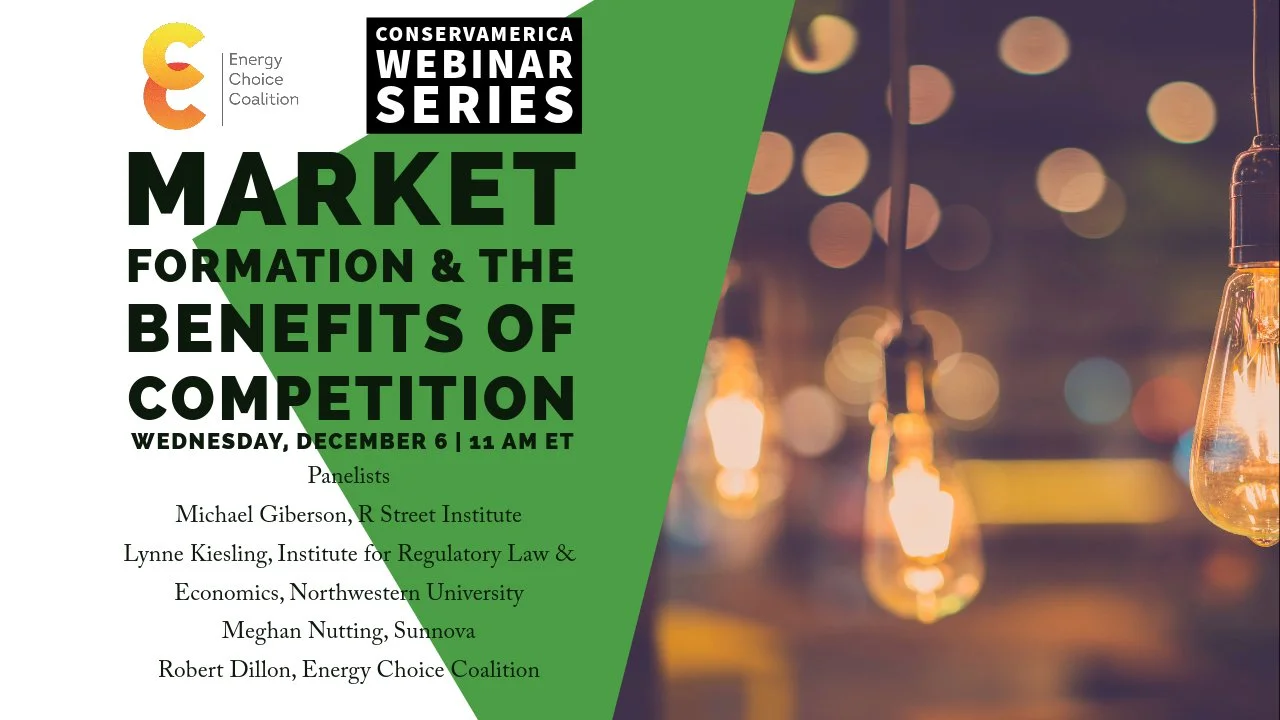Last week was not a good week to live in California, especially for the astonishing 800,000 people who lost power. For the unlucky ones who had less than 24 hours’ notice, it was an exceptionally bad week. A blackout would be bad enough, but it was especially egregious given that the power outages were deliberately caused by the state’s biggest monopoly utility, Pacific Gas & Electric (PG&E), in an attempt to reduce the risk of its infrastructure sparking another wildfire.
Unsurprisingly, the sudden blackouts did not go down well with consumers. Without sufficient notice – PG&E even knocked out its own website making communicating with its customers all the more difficult – traffic lights went out; hospitals, police stations, and fire stations weren’t prepared; and up to $200 million dollars’ worth of food rotted. All because of bad planning and a misuse of funds. Just this morning, the CEO of PG&E said that the blackouts will have to occur for the next ten years.
The California fire season is getting worse every year, in part because of rising temperatures and shrinking rainfall, but also due to California’s refusal to actively manage its forests by thinning tree growth, ground brush and other fuels. Fires aren’t being fought the way they should be, and because of California’s housing crisis and high property values, more people are moving into fire-prone land.
Fire is a natural part of the lifecycle of a healthy forest. As a forest matures, fuel sources build up on the forest floor and tree growth becomes denser making it more prone to fire caused by lightning or other causes. Naturally occurring wildfires regularly reduce the amount of fuel and keep it from building up. But in California and many other places, small wildfires have not been allowed to occur, nor has the local government gone in and cut trees and cleared brush. This has left our forests in an unnatural state and vulnerable to major fires because of the amount of available fuel.
PG&E knew this, and yet for years dragged its feet on updating aging infrastructure, preferring instead to line their investors’ pockets, donate to political campaigns friendly to them, and cozy up with regulators. Rates went up for customers, ostensibly to update infrastructure, but very little was actually done. It was an outdated PG&E tower that caused last year’s deadly Camp Fire, prompting a class-action lawsuit that has pushed the monopoly utility into bankruptcy court.
That wasn’t the first lawsuit either: the company was fined $3 million in 2010 for covering up a pipeline explosion, and this year the courts said PG&E violated its probation. If PG&E were a politician instead of a government-created monopoly, the attack ads would write themselves.
A California bankruptcy judge has decided that PG&E – the state’s largest utility with 40 percent of ratepayers – cannot be trusted to write its own restructuring plan. What’s next for California electricity customers remains an open question. Will PG&E emerge from Chapter 11 bankruptcy as a vertically integrated utility?
One thing is for sure, more and more customers are saying they want greater local control over where they get their power. Municipal-run Community Choice Aggregation (CCAs) are popping up all over PG&E territory. We think California should go further by increasing competition in the retail sector.
California allows limited electricity choice for residential customers, but it should do more to increase direct access to competitively priced electricity for consumers. Competition will bring efficiency and innovation to the electricity market. Letting the private sector compete to generate electricity and provide ancillary services will free up incumbent utilities to focus on improving the distribution infrastructure. California’s crumbling power lines aren’t going to fix themselves.





